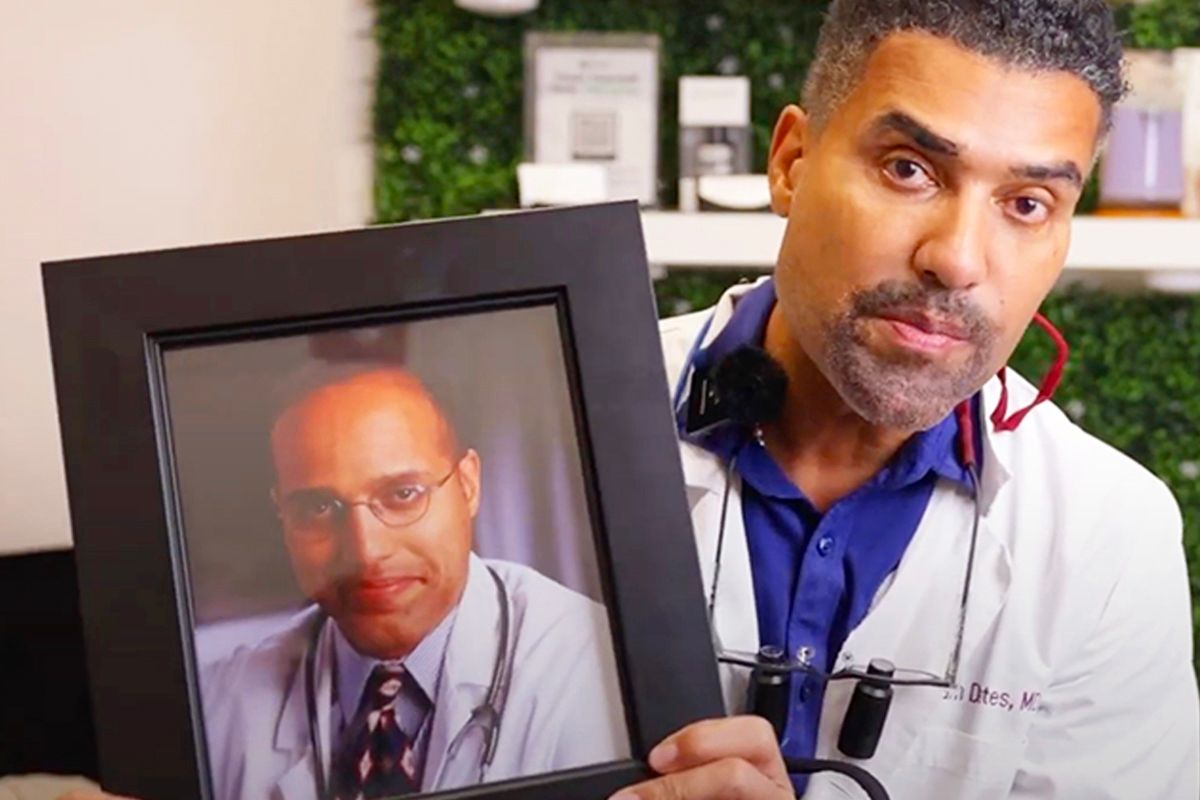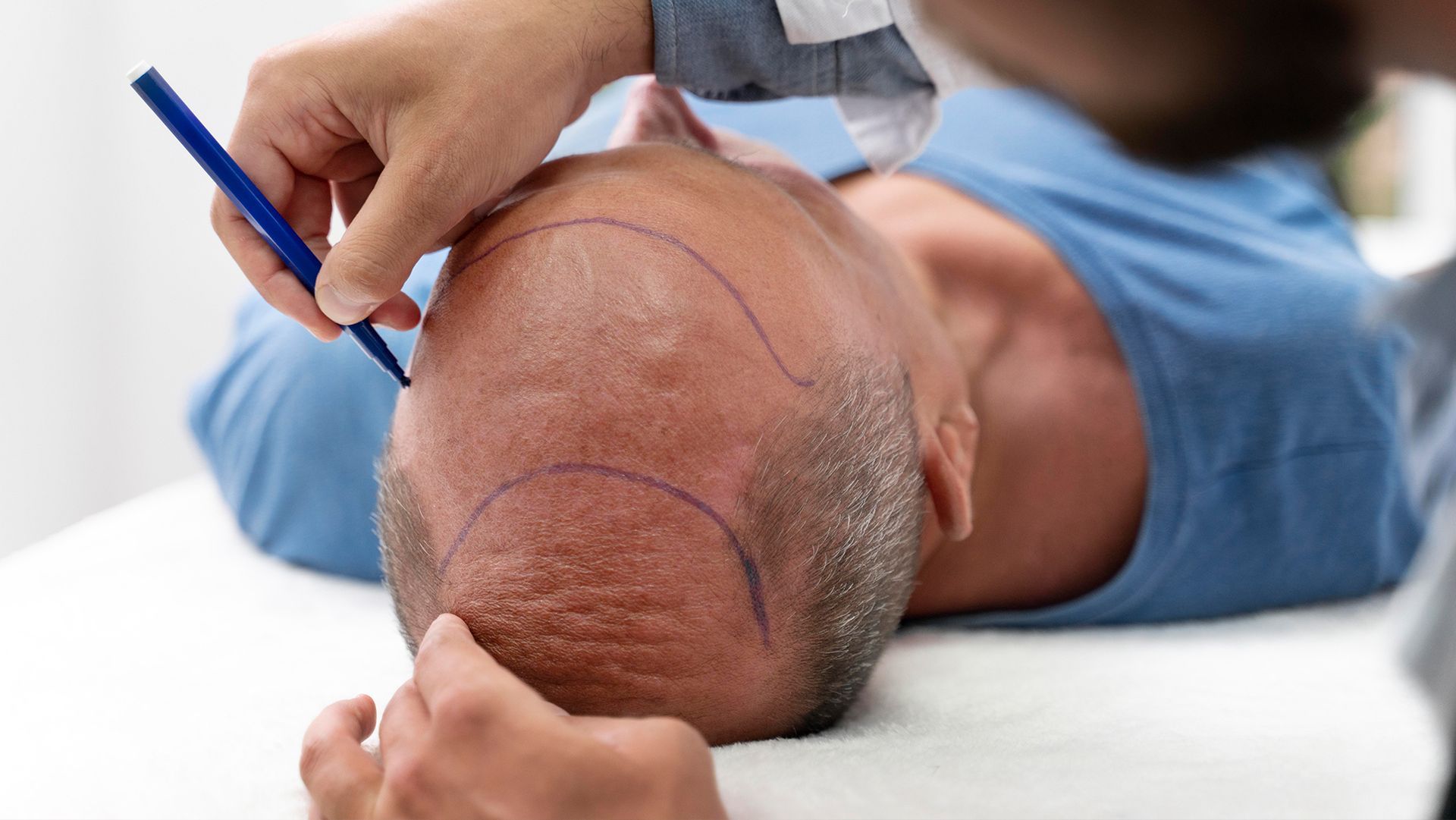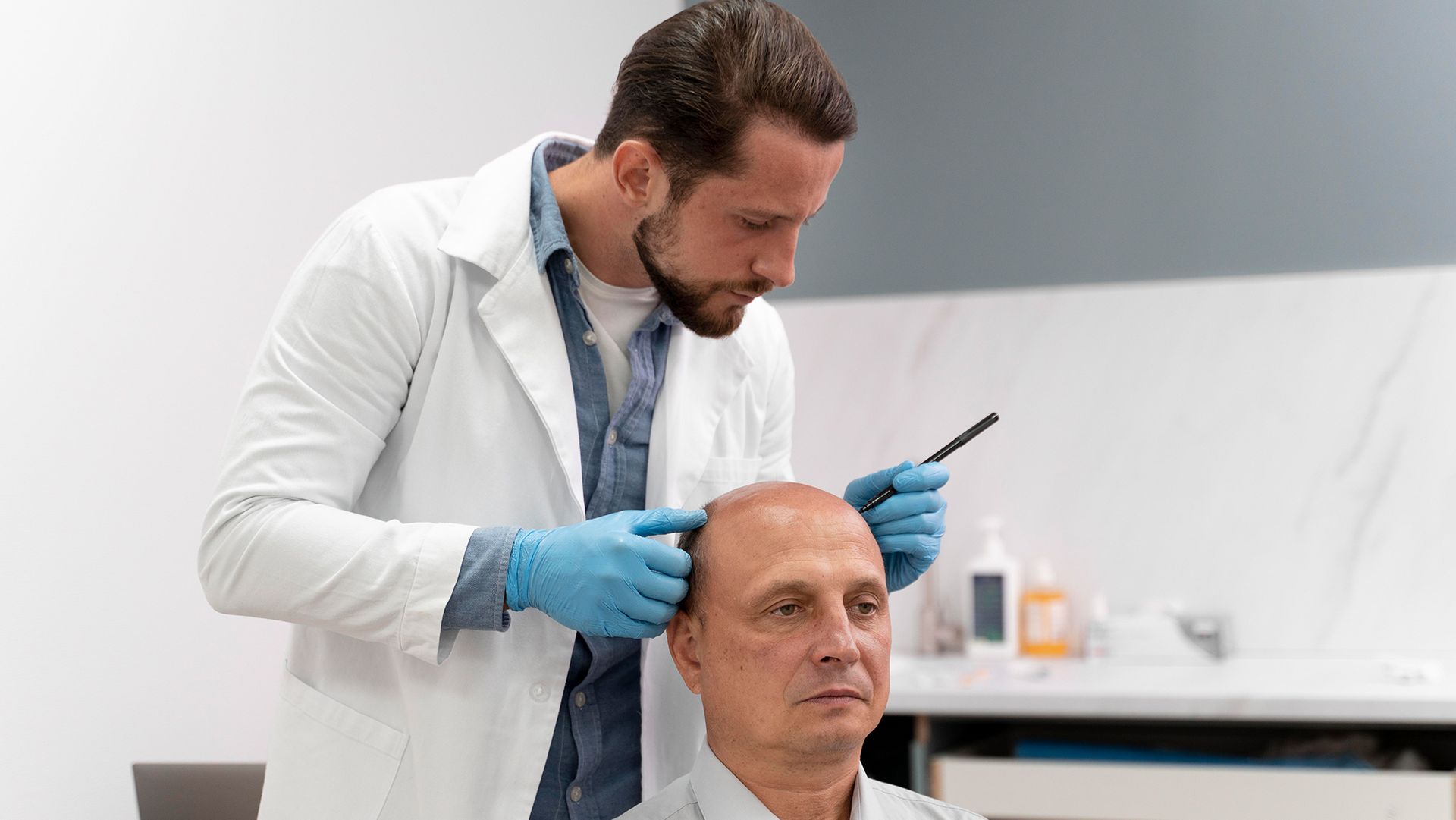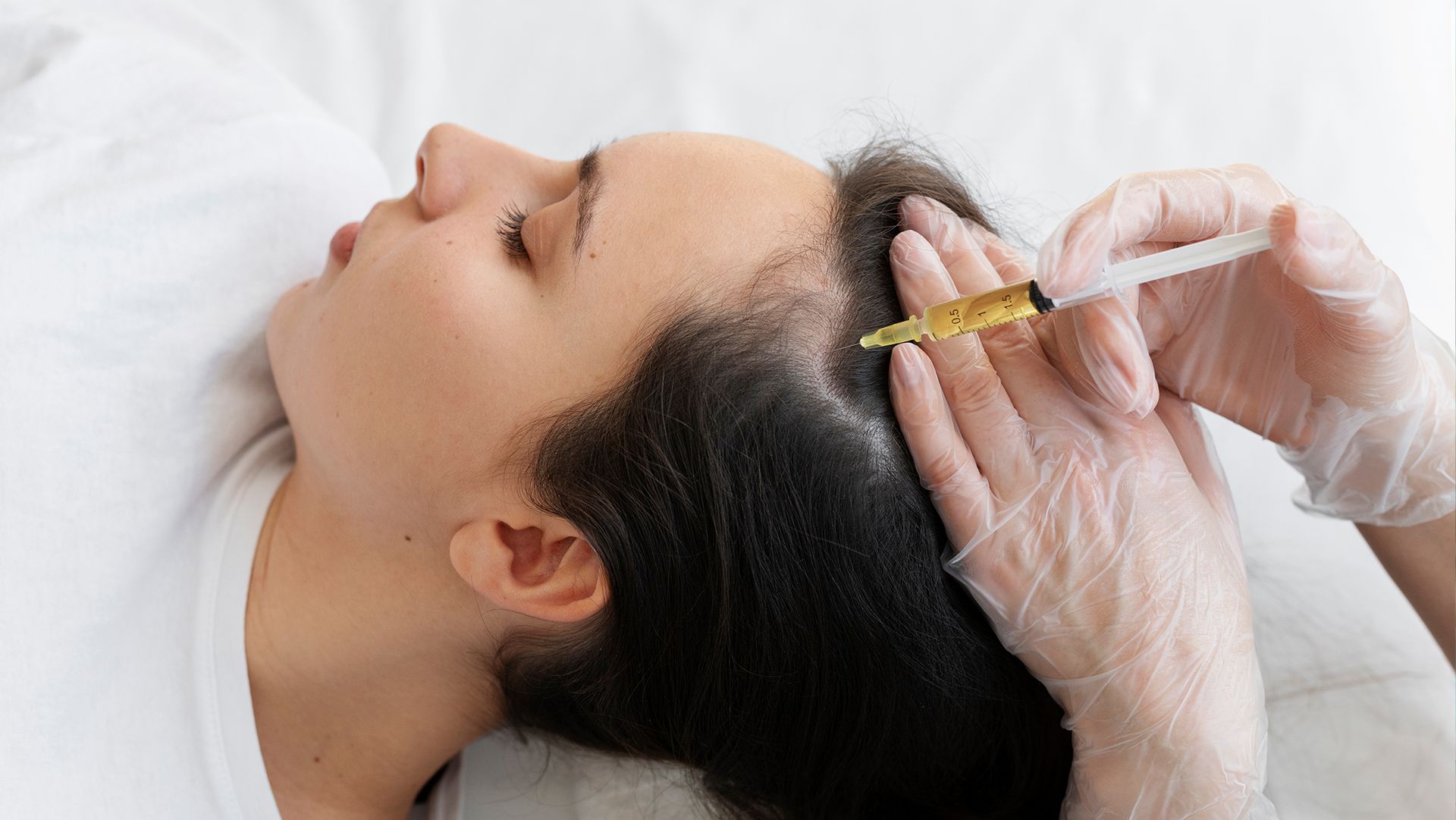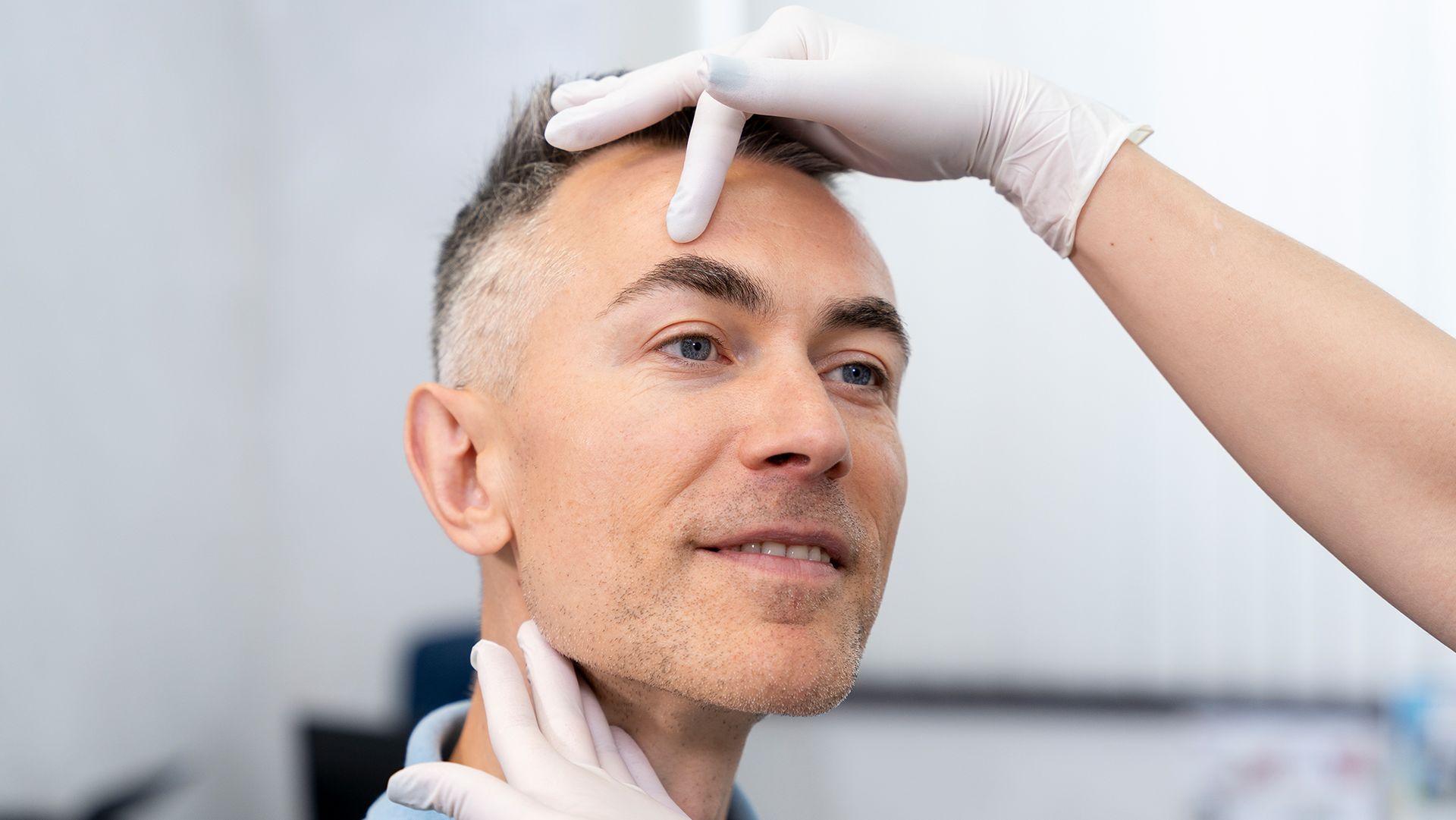Analyzing Hair Transplant Before and After Results
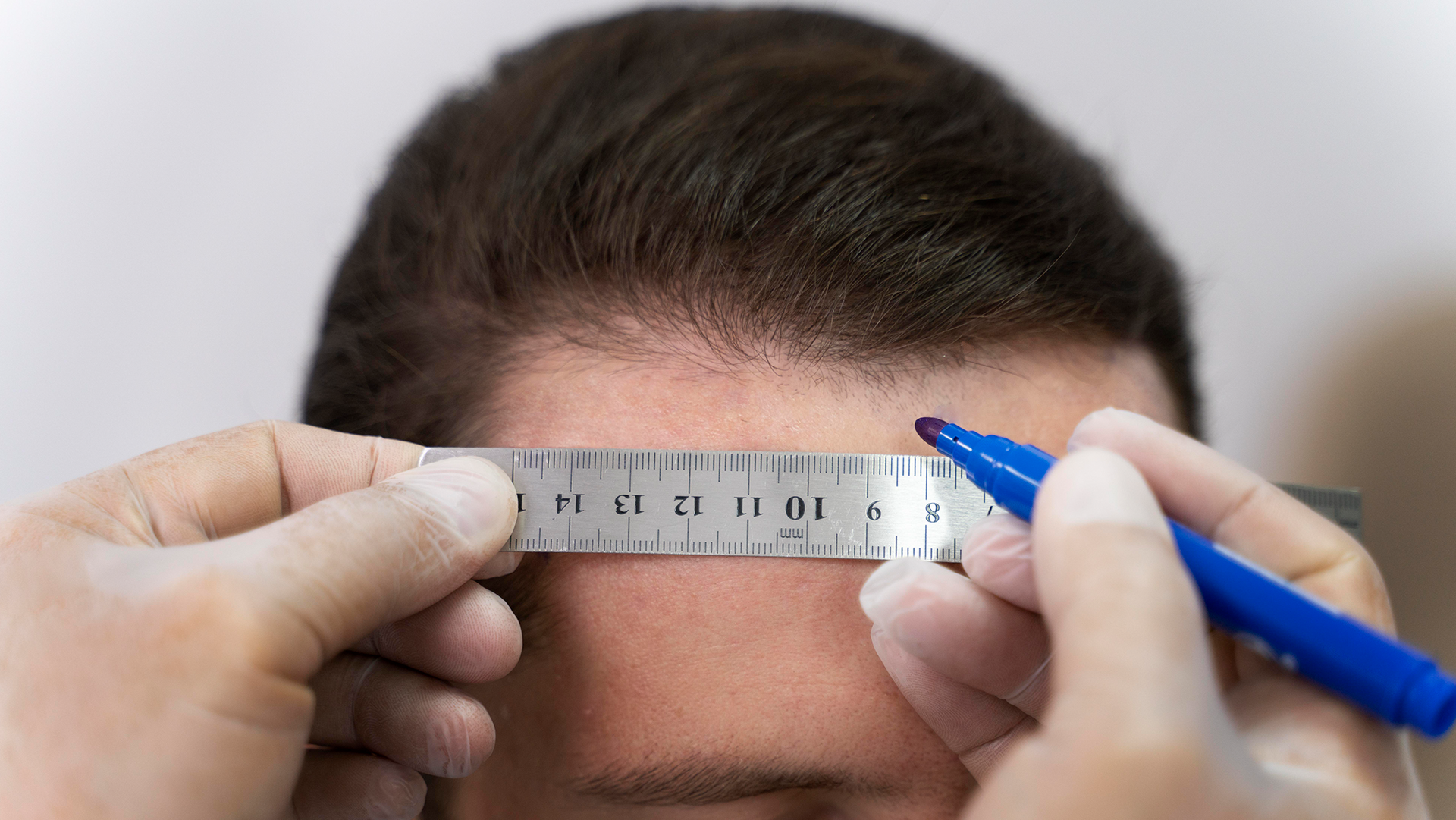
From thinning hairlines to bald spots, hair loss is a concern that affects both men and women. It's not just about vanity; hair loss can also impact self-esteem and confidence. But there's good news - modern science offers several solutions, one of the most promising being hair transplants. The key to understanding their effectiveness lies in analyzing hair transplant before and after results.
The Science Behind Hair Transplants
A hair transplant is a surgical procedure where hair follicles are moved from one part of the body, typically referred to as the 'donor site', to the balding part of the body known as the 'recipient site'. The procedure is primarily used to treat male pattern baldness, though it's also effective for women experiencing hair thinning.
There are two main types of hair transplants: Follicular Unit Transplantation (FUT) and Follicular Unit Extraction (FUE). FUT involves removing a strip of skin from the donor area, which is then dissected into individual grafts and placed on the recipient site. On the other hand, FUE involves the removal of individual follicles from the donor area, which are then implanted onto the recipient site.
Evaluating Hair Transplant Before and After Results
When considering a hair transplant, it's crucial to thoroughly assess the hair transplant before and after results. This involves evaluating the density, growth pattern, and overall appearance of the transplanted hair.
Here's what you should look for:
- Density: After a successful hair transplant, you should notice
improved hair density in the transplanted area. The number of grafts transplanted during the procedure will determine this.
- Growth Pattern: The transplanted hair should grow in a natural and uniform pattern, seamlessly blending with your existing hair.
- Overall Appearance: The ultimate goal of a hair transplant is to achieve a natural and aesthetically pleasing appearance. Therefore, the transplanted hair should not only grow but also look and feel natural.
- Hairline Design: The transplanted hair should form a natural-looking hairline that suits your face shape and age. An unnaturally low or straight hairline can be a sign of poor surgical planning.
- Donor Site Appearance: The area from where the hair was harvested (usually the back or sides of the scalp) should heal well without noticeable scarring or significant thinning.
- Consistency of Growth: While it's normal for the transplanted hair to shed initially and then regrow, the growth should be consistent across the transplanted area. Spotty or patchy growth could indicate an issue with the procedure or aftercare.
- Texture and Quality of Hair: The transplanted hair should match the texture and quality of your existing hair for the most natural look. It should also be healthy and strong, not brittle or weak.
- Patient Satisfaction: Finally, consider the patient's satisfaction with the results. This includes their comfort during the recovery process, their feelings about the appearance of their hair, and their overall confidence post-procedure.
A thorough assessment of hair transplant before and after results, focusing on the density, growth pattern, and overall appearance of the transplanted hair, is crucial in determining the success of the procedure and ensuring you achieve a natural, aesthetically pleasing outcome.
The Role of Aftercare in Hair Transplant Results
Post-procedure care is a significant factor that influences hair transplant before and after results. Following the surgeon's instructions can help ensure the success of the transplant and promote healthy growth of the transplanted hair. Here are a few essential aftercare tips:
- Avoid vigorous activities: For the first few days following the surgery, it's recommended to avoid strenuous activities that may cause sweating and increase blood pressure, as these can disrupt the healing process.
- Clean with care: Keeping the scalp clean is crucial, but it should be done gently to avoid dislodging the grafts. Special shampoos and techniques might be recommended by your surgeon.
- Protect from sun exposure: Direct sunlight can harm the sensitive scalp and newly transplanted grafts. Therefore, it's advisable to wear a hat or use an umbrella when going out during the day.
- Follow medication regimen: Your surgeon will likely prescribe medications to manage pain and prevent infection. It's important to take these as directed.
Diligent aftercare, including avoiding strenuous activities, cleaning with care, protecting from sun exposure, and following the prescribed medication regimen, plays a pivotal role in ensuring the success and promoting the healthy growth of a hair transplant.
The Long-Term Impact of Hair Transplants
It's important to note that the full impact of a hair transplant isn't immediate. While some patients may start seeing growth as early as three months post-procedure, it can take up to a year or more to appreciate the full results. Patience is key when evaluating hair transplant before and after results.
Understanding this timeline can help set realistic expectations and reduce anxiety during the waiting period. Regular follow-ups with your surgeon are also crucial during this time to monitor progress and address any concerns that may arise.
Moreover, while hair transplants can significantly enhance hair density and appearance, they do not stop the process of hair loss. Therefore, ongoing maintenance and care are necessary to preserve the health of both transplanted and existing hair.
Your Path to Hair Restoration Starts Here
If you're grappling with hair loss and considering a hair transplant, visit Dr. William Yates at
yourhairlossexpert.com. With his expertise in hair restoration and a range of effective products and treatments, Dr. Yates offers a comprehensive approach to hair care. Whether you're looking for natural supplements to boost hair health or seeking professional advice on hair transplants, your journey to hair restoration starts here.
Conclusion: Hair Transplant Before and After Results
The journey of hair restoration through a transplant can be transformative. By shifting your focus from the mirror to the science and real-life results, you can better understand the potential of this procedure. From increased hair density to natural growth patterns and aesthetic appeal, hair transplant before and after results offer tangible proof of its effectiveness.
However, remember that a hair transplant is not a one-size-fits-all solution. Individual results can vary based on several factors, including the severity of hair loss, quality of donor hair, and skill of the surgeon. Therefore, it's crucial to consult with a reputable hair restoration expert when considering this procedure.
